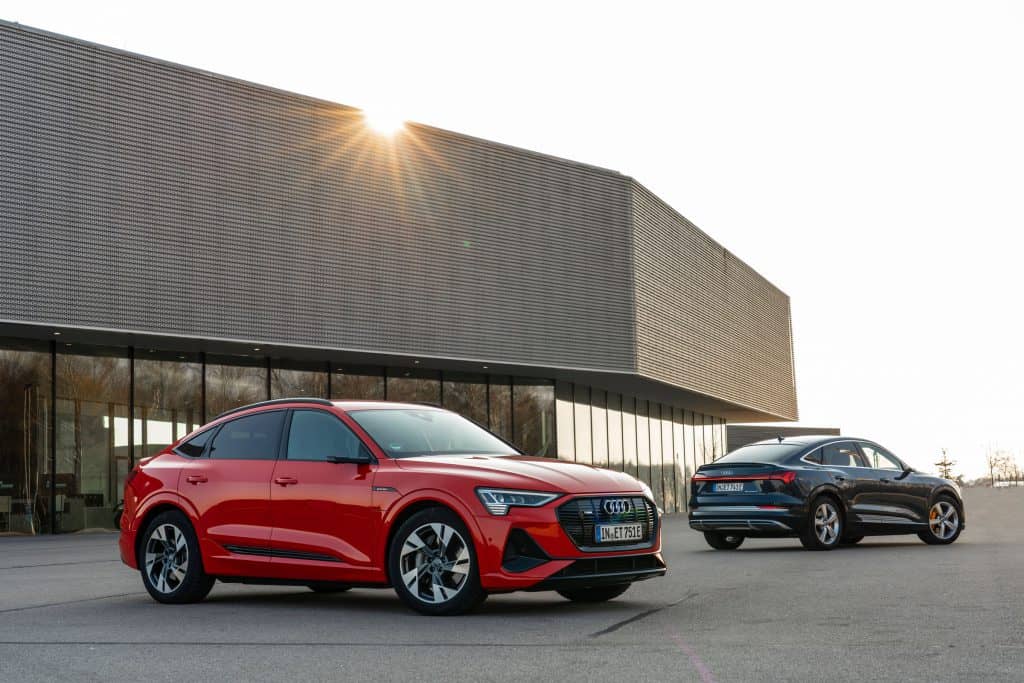
Display Components of the Year
This award recognizes novel components that have significantly enhanced the performance of a display. A component is sold as a separate part destined to be incorporated into a display. A component may also include display-enhancing materials and/or parts fabricated with new processes.
AutoGrade™ Glass by ColdForm™ Technology from Corning
After years of using handheld devices, consumers have come to develop certain expectations of displays. They expect them to be durable with a smooth-touch feel, yet sensitive for accurate finger swiping, touching, and tapping. AutoGrade™ Gorilla Glass can help enable a variety of in-vehicle display designs while eliminating the need for plastic anti-splinter films. Moreover, it’s designed to help display modules pass industry reliability tests. And with automotive designers extending displays across dashboards in new sizes and curved configurations, Corning is able to transfer the benefits from AutoGrade glass to curved display areas using its proprietary Corning ColdForm™ Technology. Corning’s ColdForm Technology enables the glass to be bent at room temperature as a final step. This means the glass travels through the manufacturing process—chemical strengthening, coating application, and printing—in a flat state before being curved at the end. Completing these process steps on a flat piece of glass cuts down on processing time and costs, as machines can accommodate more parts and coatings are applied more uniformly.
Display Application of the Year
This award acknowledges novel and outstanding applications of a display, where the display itself is not necessarily a new device.
7-in. OLED Virtual Mirror System from Audi AG
Last year, Audi’s plans to shift to the production of fully electric cars came into clearer focus.
With this pivot from gas-powered cars, the need for a virtual side mirror —consisting of small exterior side cameras and a door-mounted interior display—became even more pronounced. The company debuted the mirror as an option in the all-electric Audi e-tron, and it’s currently available in Europe. With its aerodynamic design, the virtual side mirror reduces wind noise. That’s a plus for electric cars, which are already noticeably quieter than combustion cars because they don’t have engines. What’s more, the mirror reduces drag, giving the vehicle a few miles more range. With their sophisticated image processing, the displays provide a much better image than a conventional mirror can in certain situations, such as driving in direct sunlight. The mirrors also adjust automatically to three driving situations: highway, turning, and parking. On the highway, the field of vision is reduced so that the driver can better estimate speeds when driving fast, and if the driver signals an intention to turn or change lanes by indicating, the indicator view extends the relevant side’s image detail to reduce the blind spot. The field of vision is extended downward when maneuvering and parking, and the display visualizes the turn signal as a green contour on its outer frame and displays notifications from the Audi side-assist lane-change assistant and exit warning. A 7-inch OLED was selected for the virtual exterior mirror. The camera is integrated into the hexagonal end of the virtual mirror’s flat supports and its images are digitally processed and displayed on high-contrast, 1,280 x 800-pixel OLED displays in the transition between the instrument panel and door.
The Audi e-tron Sportbackin conjunction with the S line exterior and virtual exterior mirrors achieves an outstanding drag coefficient value of just 0.25—even better than its Audi e-tron** sister model. This is primarily due to the coupé body shape and the associated lower aerodynamic drag behind the car.